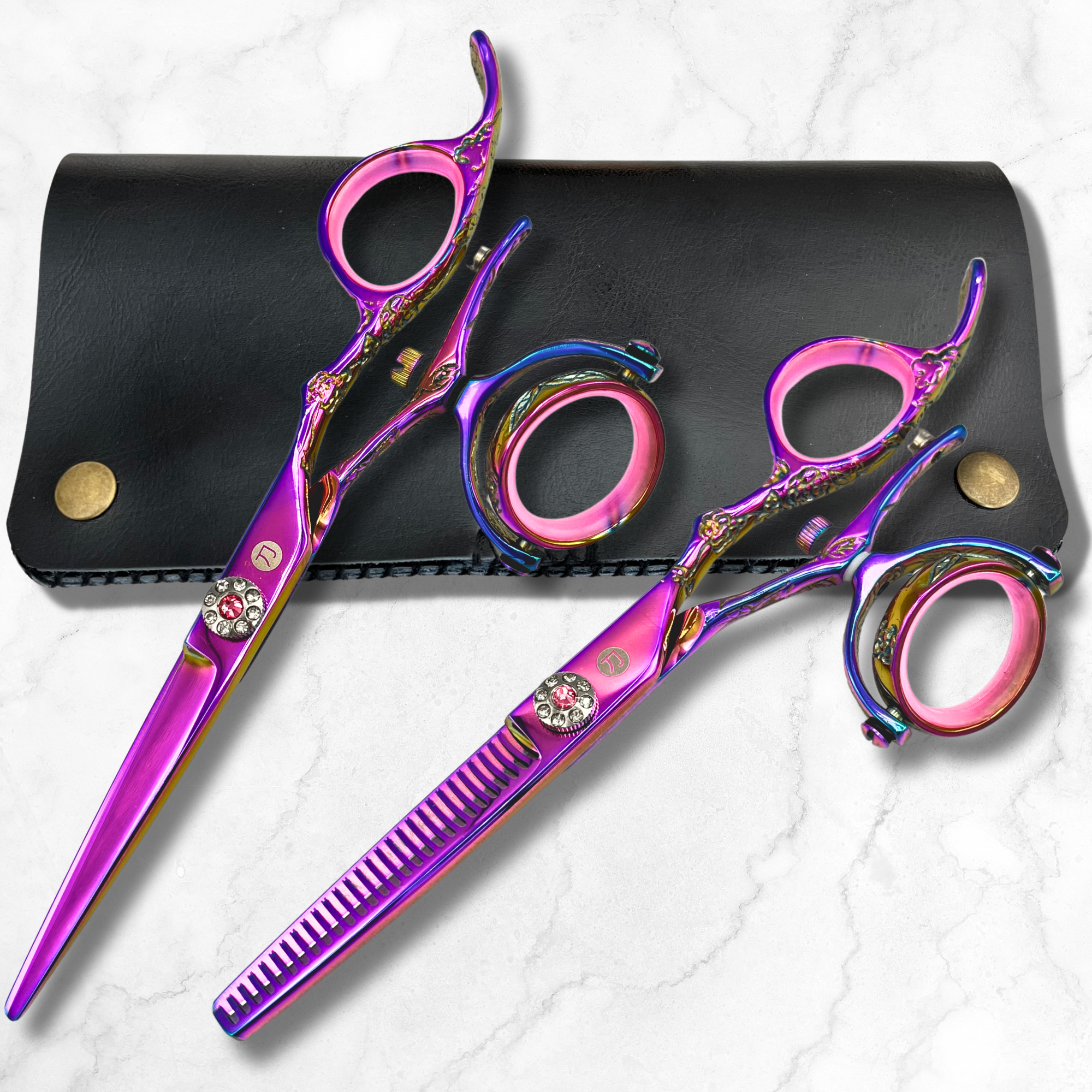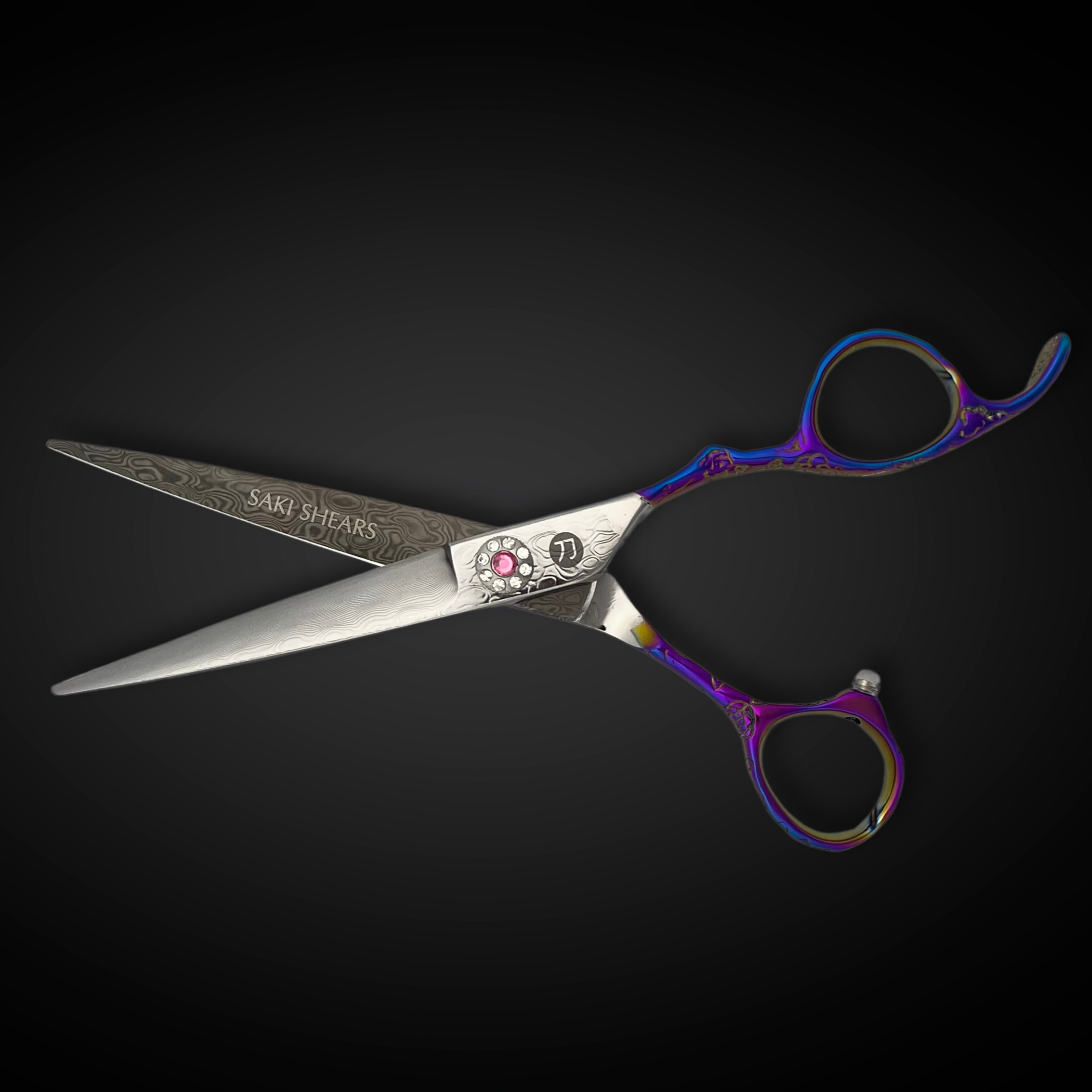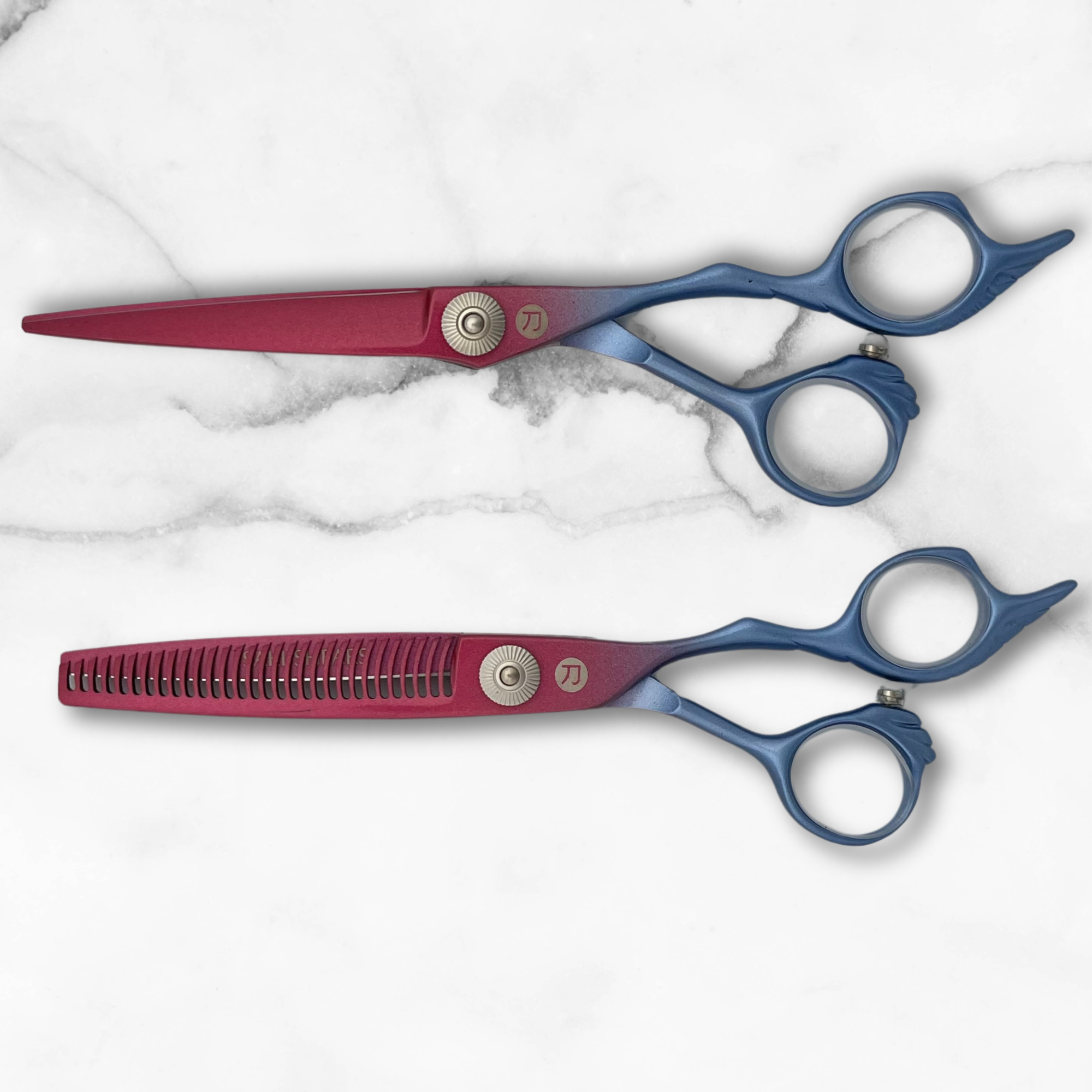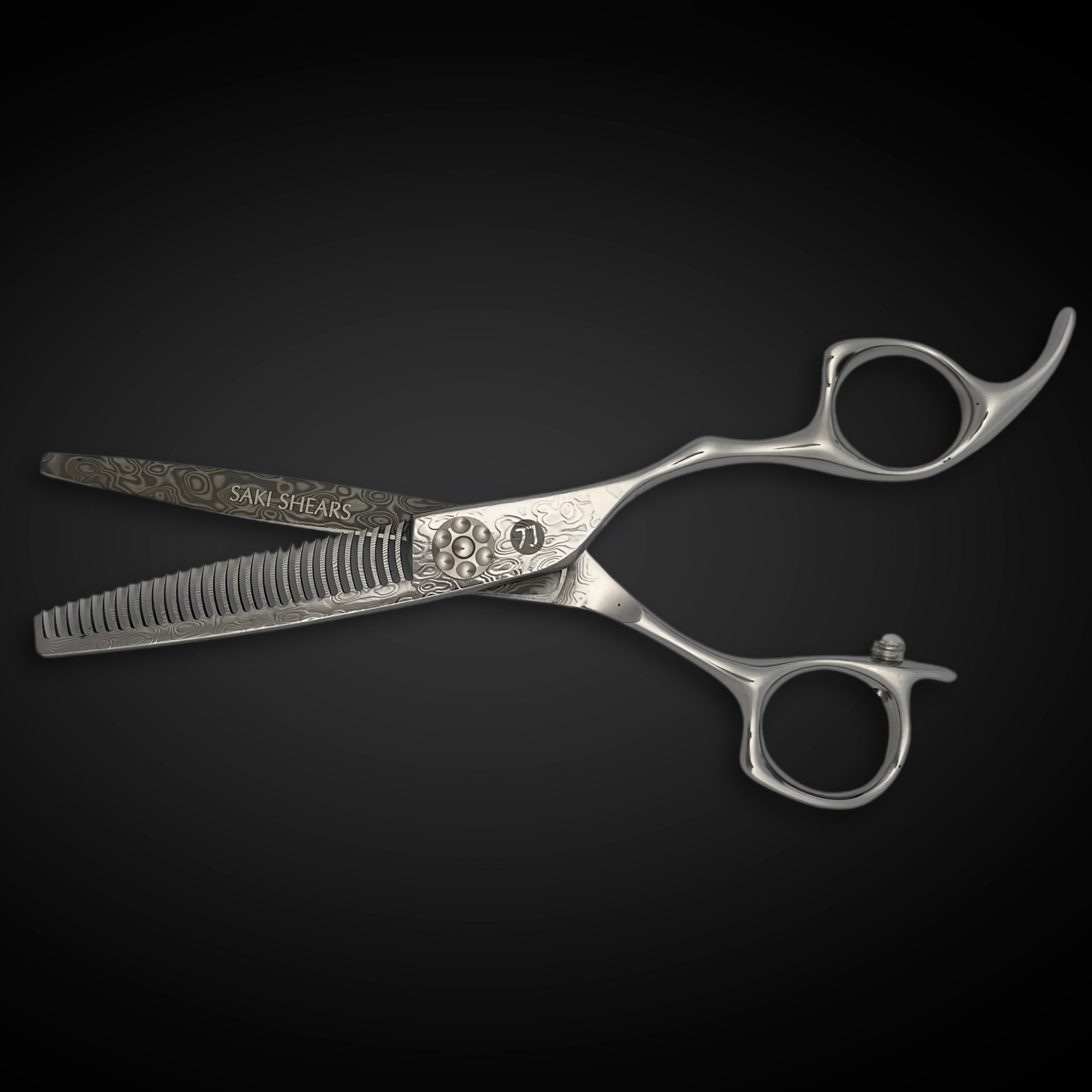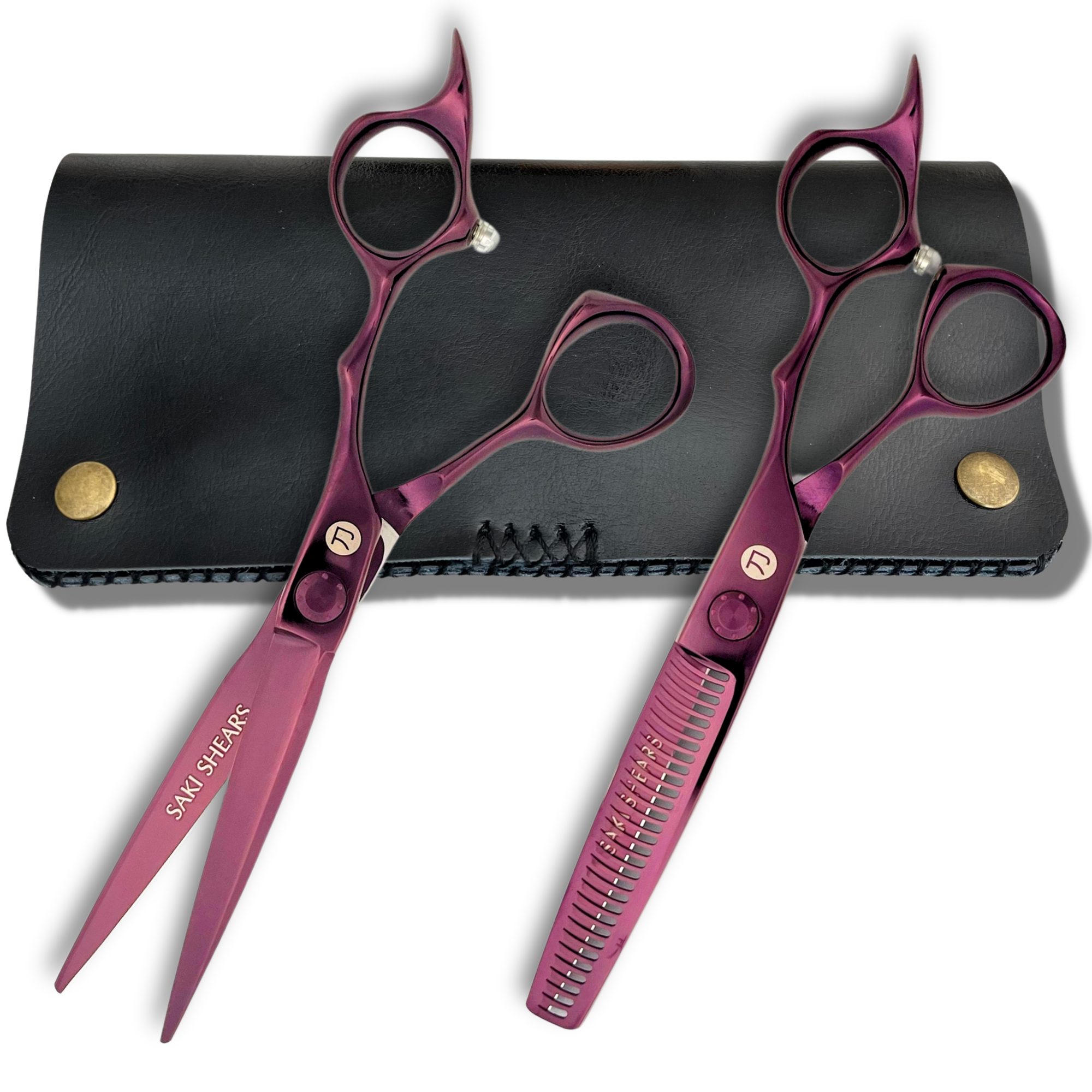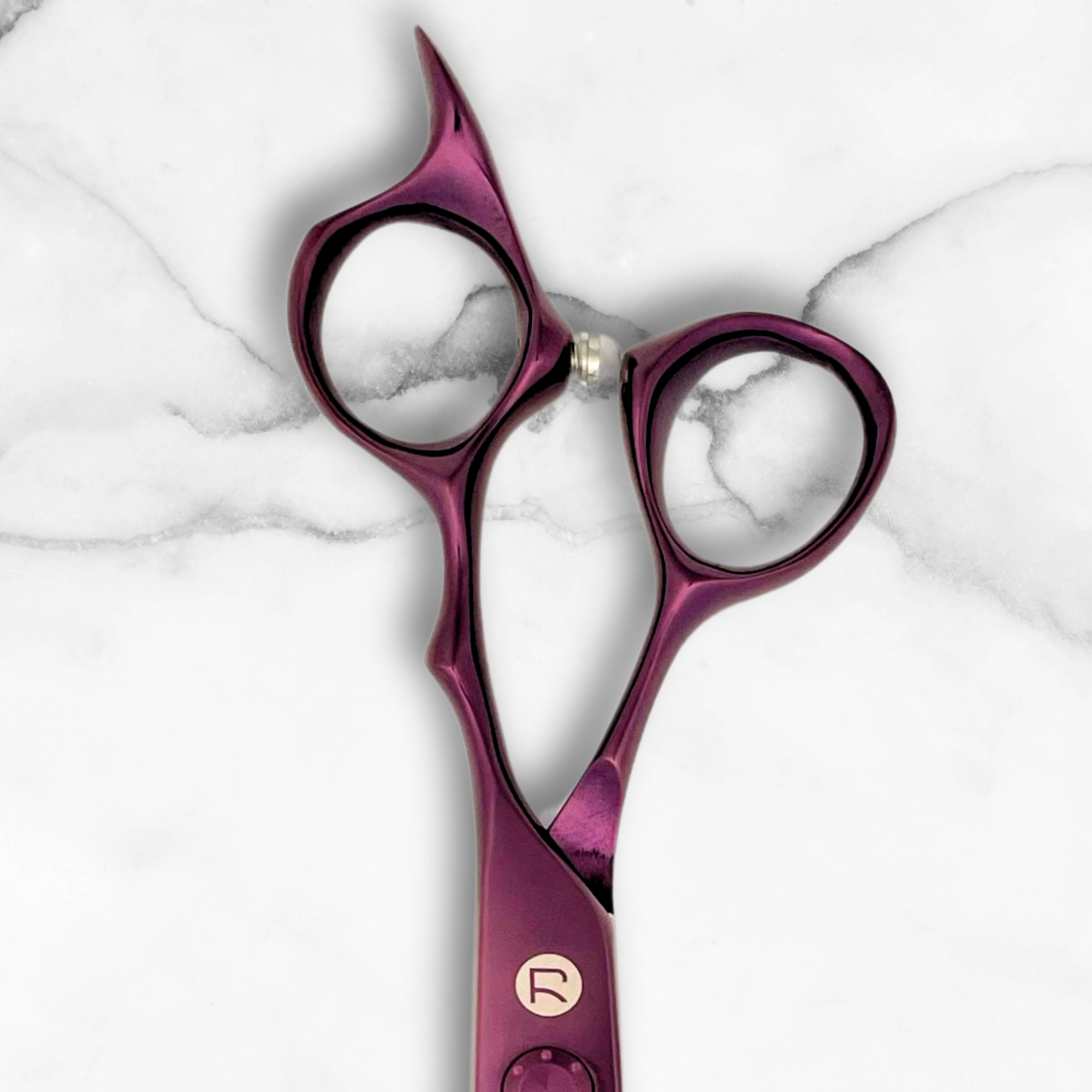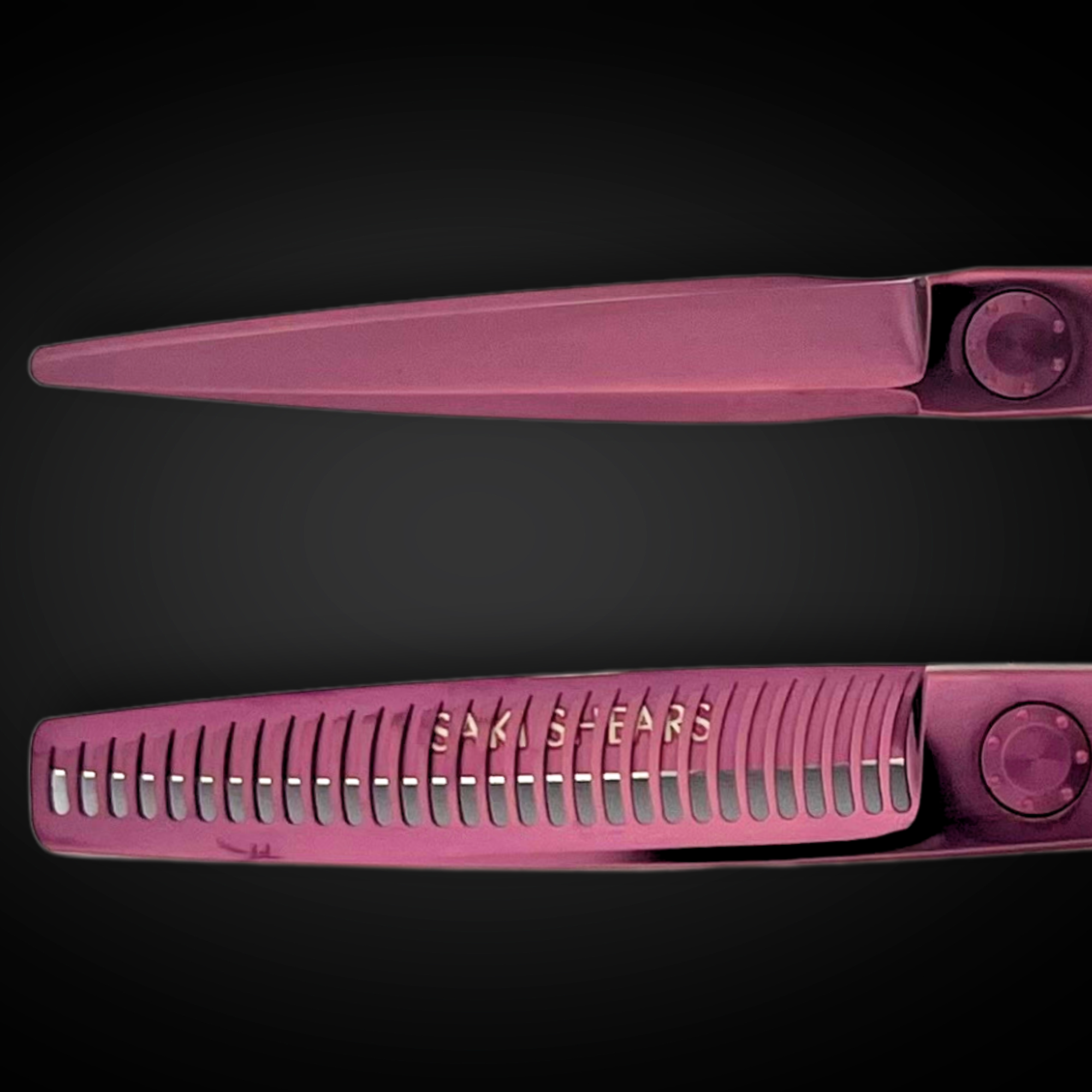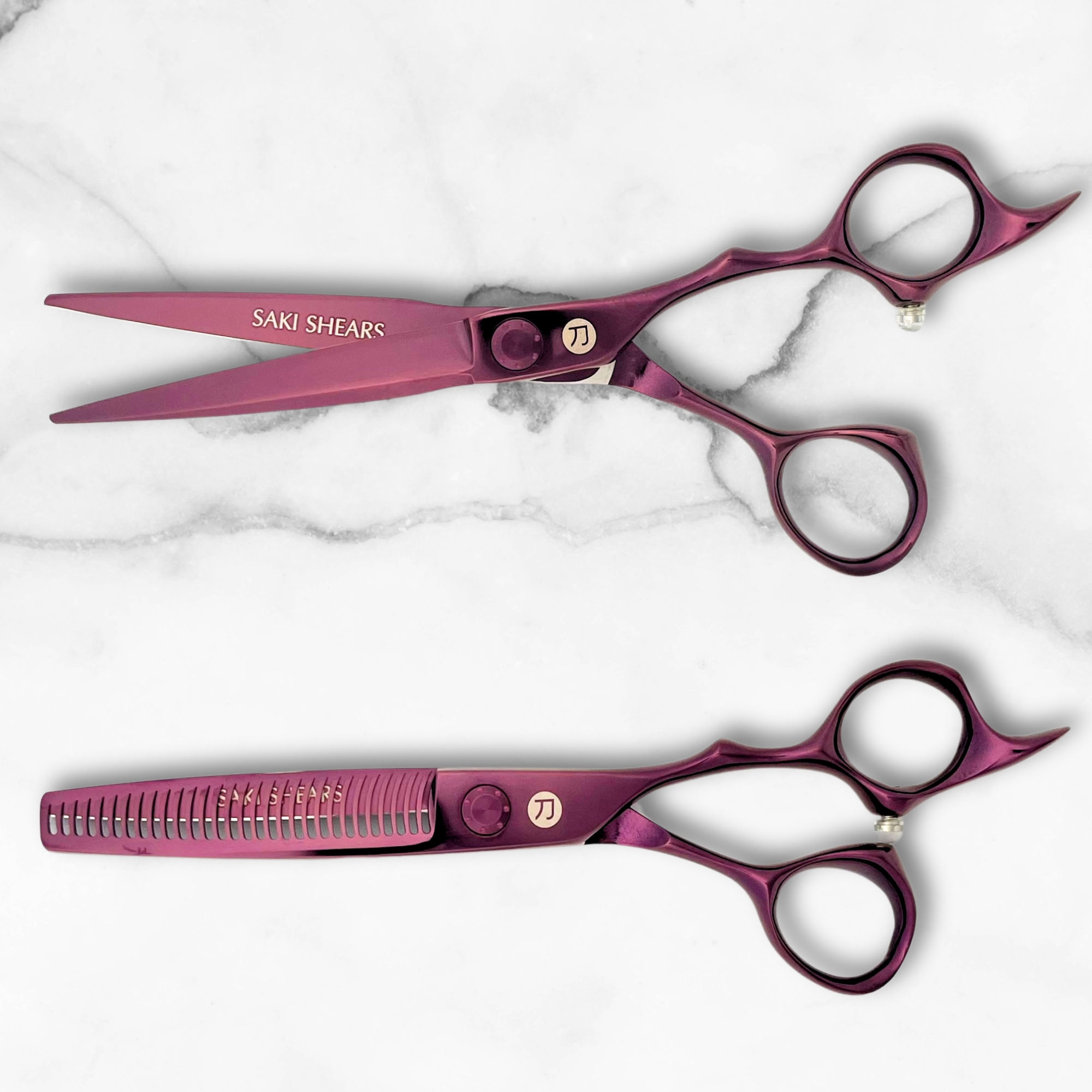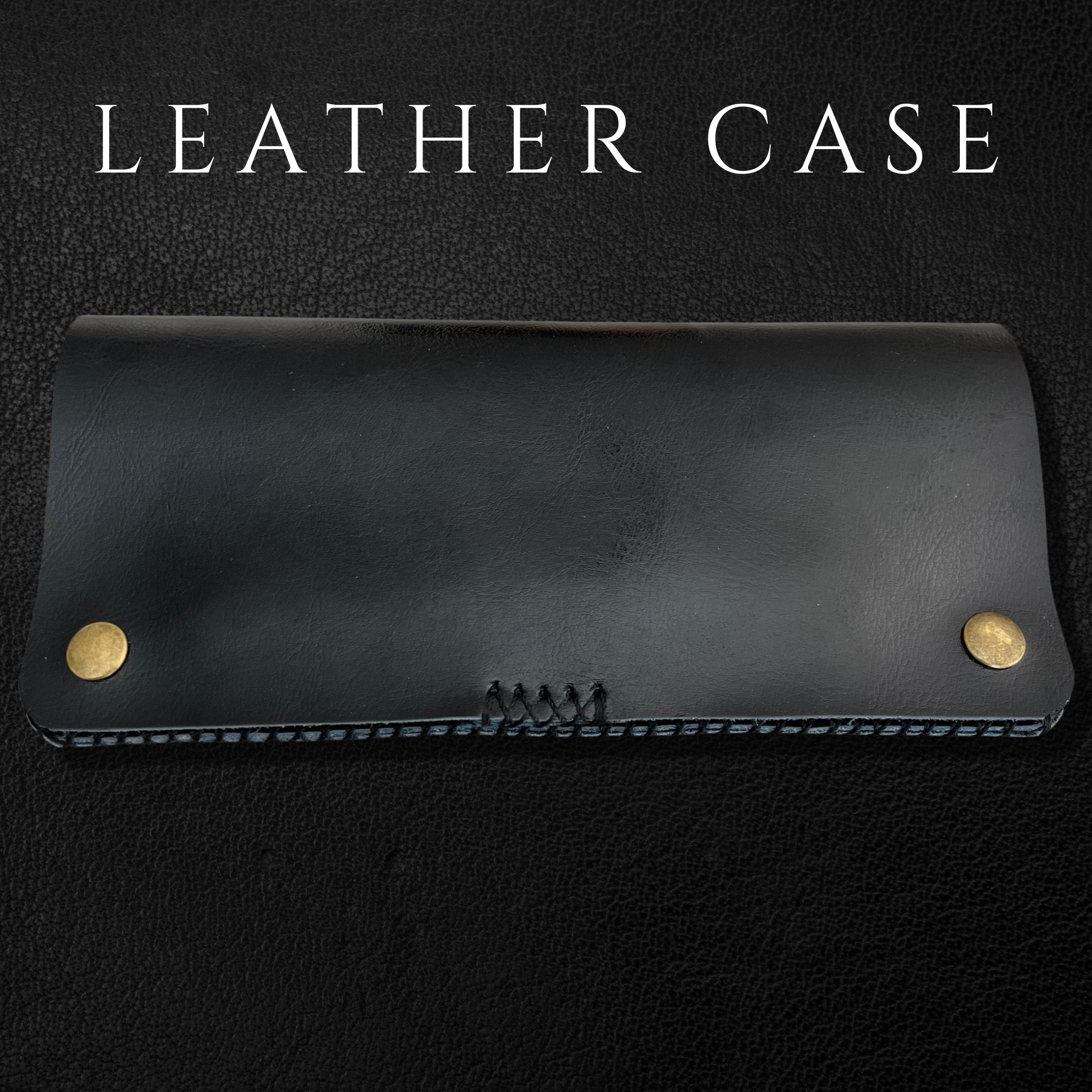How to Use a Straight Razor Safely: Tips for Preventing Nicks and Cuts
Using a straight razor safely requires the right tools, preparation, and techniques. Here’s a quick guide to get started:
- Choose the Right Razor: Fixed-blade razors offer precision but need maintenance, while shavettes are easier to handle for beginners.
- Prepare Your Skin: Wash your face, use warm water or a hot towel to soften hair, and apply pre-shave oil and shaving cream for protection.
- Master the Technique: Hold the razor at a 30-degree angle, use light pressure, shave with the grain, and keep the skin taut.
- Maintain Your Razor: Clean, dry, and strop the blade regularly. Hone it every few months to keep it sharp.
- Handle Cuts Safely: Stop bleeding with styptic powder or an alum block, and clean the area to avoid infection.
A straight razor shave takes time and practice but delivers a smooth, irritation-free result when done correctly. Ready to dive into the details? Let’s get started.
How To Shave With A Straight Razor
Selecting a Straight Razor
Picking the right straight razor is essential for a safe and effective shave. It’s not just about preference - it’s about finding the right balance of safety, performance, and comfort.
Straight Razor Styles
Straight razors generally fall into two categories: fixed-blade razors and replaceable-blade razors (commonly called shavettes). Fixed-blade razors provide better control and precision, making them a favorite among professionals. However, they do require regular maintenance, like honing and stropping. Shavettes, on the other hand, are lighter and easier to maintain, which can make them a good choice for beginners. That said, their lighter weight might make them harder to control during use.
After deciding on a style, it’s important to assess the razor’s safety features and overall build quality.
Safety and Quality Elements
Look for razors with high-grade blades, such as those made from Japanese or Damascus steel, as they are known for their durability. An ergonomic handle is also a must - it ensures a secure grip and helps maintain control. Additionally, a razor with balanced weight can make a big difference. For those just starting out, thicker blades might be a safer option, as they are less likely to cause nicks.
Ralph Wilburn, Senior Barber at Fellow Barber's Chelsea Market, shares his expertise:
"A well-balanced and slightly heavy razor improves control and steadies the hand."
Recommended Razors
Brands like Feather and Dovo are trusted by both beginners and professionals for their reliability and performance. For those seeking premium options, Saki Shears offers razors crafted from Japanese steel, complete with lifetime warranties - an investment in durability and safety.
Once you’ve chosen a razor that suits your needs, focusing on proper preparation will help ensure a smooth and safe shaving experience.
Pre-Shave Steps
Getting ready properly is key to a smooth and safe straight razor shave. A good pre-shave routine not only minimizes the chances of cuts but also helps the blade glide more effectively.
Hair and Skin Preparation
Clean skin is a must for a safe shave. Start by washing your face with warm water and a gentle cleanser to remove dirt and oil that might disrupt the razor's movement. For the best results, shave right after a shower - the steam and heat soften facial hair and open up your pores.
If you want to take it a step further, try a hot towel treatment. Soak a clean towel in hot water, wring it out, and place it on your face for 2-3 minutes. This softens your stubble even more, making it easier for the razor to cut through.
"Begin your prep by cleaning your face, warm water and your normal cleanser is fine, you could also use a small amount of your shaving soap instead." - Razors Barbershop
Protective Products
Using the right products creates a barrier between your skin and the razor, reducing irritation and improving the shave. Here's a quick guide:
| Product Type | Purpose |
|---|---|
| Pre-shave Oil | Softens hair and lubricates skin |
| Shaving Cream/Soap | Forms a protective layer |
| Hot Towel | Further softens facial hair |
A quality shaving brush is a game-changer. It helps create a thick, even lather while lifting the hair for a closer, smoother shave. Use circular motions to apply the lather evenly across your face.
For extra protection, consider pre-shave products made specifically for straight razors. These can improve lubrication and keep your skin in great shape.
Now that your skin and hair are prepped, you're ready to focus on the techniques that lead to a precise and safe shave.
Safe Razor Techniques
Getting a safe and comfortable shave starts with knowing how to handle your razor correctly. A good shave requires the right grip, blade angle, and careful skin preparation to reduce the chances of cuts or irritation.
Holding and Angling the Blade
Grip the razor with your thumb under the blade and your first three fingers resting on the top of the shank. Let your pinky rest on the tang for added balance. Keep your hold firm but not overly tight - this gives you control without pressing too hard.
Aim for a 30-degree angle between the blade and your skin. This angle allows the razor to glide smoothly while cutting effectively.
Skin Preparation and Shaving Pattern
Stretching the skin gently with your free hand creates a flat surface for the razor. This helps avoid catching on loose skin and ensures the blade moves evenly.
"Different length razors and varying sizes of hands means not every one will have the same technique." - Callum Marks, Barber at Luka's Barbers, UK [1]
Once the skin is taut, follow the direction of hair growth. This reduces irritation and makes the shave smoother. Let the razor’s weight do the work - pushing down increases the chance of nicks and discomfort. The blade should move effortlessly across your skin.
Key tips to keep in mind:
- Shave with the grain using short, steady strokes
- Use the razor's weight, not force, to guide the blade
- Maintain a consistent blade angle throughout
A proper shave isn’t something to rush. Plan to spend at least 15 minutes on your routine. Taking this time helps ensure a safer, more comfortable experience.
Of course, technique is just one side of the coin - keeping your razor in good condition is just as important for a quality shave.
Razor Maintenance
Taking care of your straight razor keeps it sharp, safe, and effective, while also lowering the chances of cuts and irritation. Ignoring maintenance can lead to dull blades, which are more likely to cause discomfort and uneven shaves.
Daily Cleaning Steps
After shaving, rinse the razor thoroughly with warm water. Dry it completely using a lint-free cloth to prevent rust, which can damage the blade.
"Caring for a straight razor involves a bit more attention than holding it under a running tap then chucking it in the bathroom cabinet." - Invisible Edge [2]
For the best results, follow these steps: rinse with warm water, clean the blade with soapy water, sanitize it using rubbing alcohol, and apply a light coat of mineral or specialty oil. Store the razor in a dry, ventilated area using a protective case or stand to keep moisture at bay.
Blade Sharpening Methods
Keeping the razor's edge sharp involves two key steps: stropping and honing. Stropping should be done before every shave. Gently pull the razor along a tightly stretched strop belt with minimal pressure, repeating the motion 10-15 times on each side. Honing is required every 3-6 months when stropping no longer restores the blade's sharpness.
| Maintenance Type | Frequency | Purpose | Signs It's Needed |
|---|---|---|---|
| Stropping | Before each use | Realigns the edge | Razor feels like it's tugging |
| Honing | Every 3-6 months | Resharpens blade | Stropping no longer works |
| Deep Cleaning | Weekly | Prevents rust | Visible residue or spots appear |
For beginners, it’s a good idea to let a professional handle honing, as improper technique can permanently damage the blade. Always store your razor in a dry, dark place to avoid rust.
With regular maintenance, your razor will deliver smoother shaves and reduce the likelihood of irritation or injury. A well-cared-for razor lets you focus on perfecting your shaving skills while handling any minor nicks with ease.
Managing Cuts and Safety
Even seasoned professionals can experience minor cuts when working with straight razors. Knowing how to handle these situations and take precautions is key to maintaining safety.
Treating Cuts
No matter how skilled you are, accidents happen. When a cut occurs, acting quickly is important to avoid further issues. Start by pausing your shave and applying gentle pressure with a clean cloth to stop the bleeding. Rinse the area with cold water to clean the wound and help reduce blood flow.
Here are some helpful products for treating cuts:
| Product | Purpose |
|---|---|
| Styptic Powder | Quickly stops bleeding; apply immediately after the cut occurs |
| Alum Block | Works as an antiseptic and astringent; use after the bleeding is under control |
| Antiseptic Solution | Helps prevent infection; apply once the bleeding has stopped |
Keep the affected area clean and dry, and watch for signs of infection. For deep or persistent cuts, it's best to consult a medical professional.
While knowing how to treat cuts is essential, preventing them should always be your main focus.
Safety Tips for Shaving
Experienced barbers often emphasize the importance of staying focused during a shave. Distractions can lead to accidents, so keeping your attention sharp is crucial.
Here are some tips to help you stay safe:
- Use a razor that’s in good condition to lower the risk of cuts.
- Apply light pressure and use short, controlled strokes.
- Start by shaving in the direction of hair growth.
- Make sure your workspace has good lighting and a steady setup.
- Consider safety tools like razor stands, cases, or handles with better grip.
Always inspect your razor before use to catch any issues, such as loose parts or blade damage. Regular maintenance, as previously discussed, is a key part of ensuring a safe and smooth shaving experience.
Conclusion
Using a straight razor safely requires the right technique and reliable tools. Combining precise skills with well-made equipment minimizes the chances of cuts and irritation.
Razors crafted from materials like premium Japanese steel stand out for their balance and ergonomic design, which improve both control and safety. Regular care - such as stropping, honing, and proper storage - keeps the blade sharp and ready for use [2].
Whether you're a seasoned barber or someone passionate about grooming, these habits ensure a safer and more precise shaving experience. Professional training can also provide valuable tips on handling and maintaining your razor [3]. Safety should be a priority throughout the entire shaving process, from prep work to aftercare.
FAQs
Here are answers to common questions about using a straight razor, expanding on the techniques covered earlier.
How can you avoid cuts when using a straight razor?
To minimize cuts, hold the razor at a 30-degree angle, apply light pressure, and always shave with the grain. Keep your blade in top shape by stropping it before each use. If small nicks happen, tools like an alum block can help.
"If you hold the razor too flat it will tear the stubble, and if held too steep, it will cut the skin." - John Rivera, Master Barber at The Art of Shaving's Barber Spa
What’s the proper straight razor technique?
The key is maintaining a 30-degree angle, using short strokes, and letting the razor’s weight do the work. Unlike disposable razors, applying pressure isn’t necessary.
"Hold the blade at a 30 degree angle and perform short, sharp strokes with the grain. Unlike a disposable, where you put some force downward on the blade, try not to apply pressure, and let the blades weight and shaving angle do the work. If you press too hard, you're likely to end up cutting yourself." - Callum Marks, Barber at Luka's Barbers, UK
A good shave with a straight razor takes at least 15 minutes, giving you better control and results.
What should you use before shaving with a straight razor?
Preparation is crucial for a smooth shave. Follow these steps:
- Start with a hot shower or use a warm towel to soften hair and open pores.
- Apply pre-shave oil to protect your skin.
- Use a transparent shave gel to help the blade glide easily.
After shaving, rinse with cold water and apply a post-shave balm to calm the skin and close the pores.

